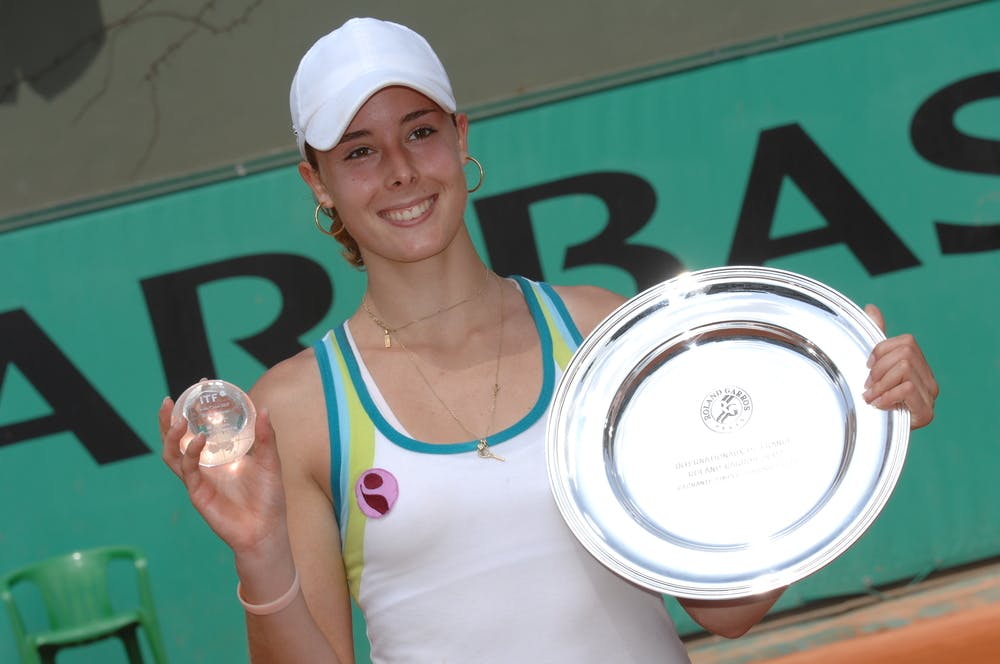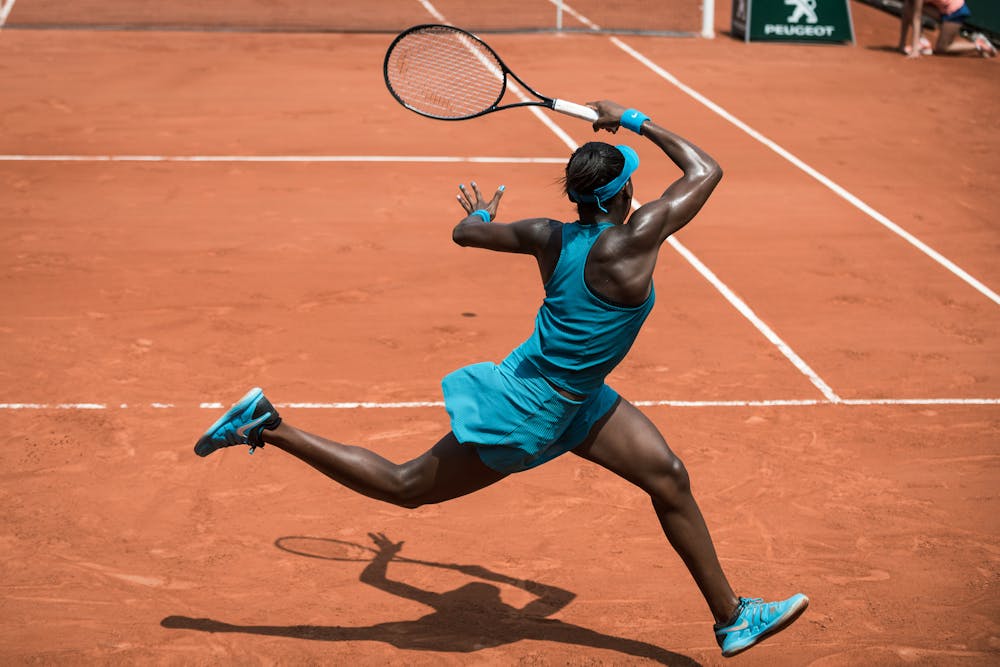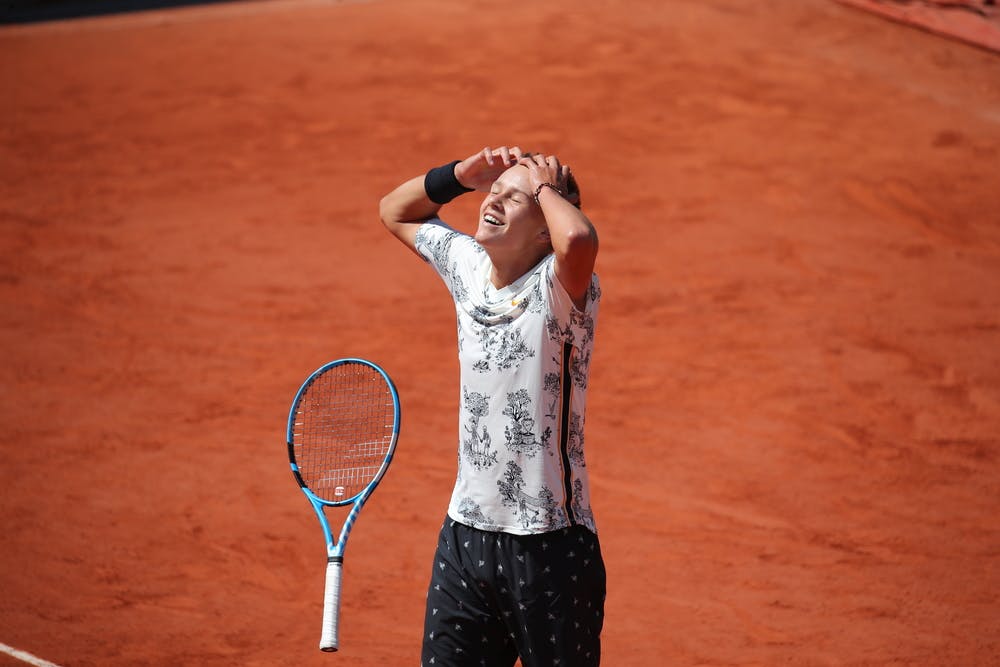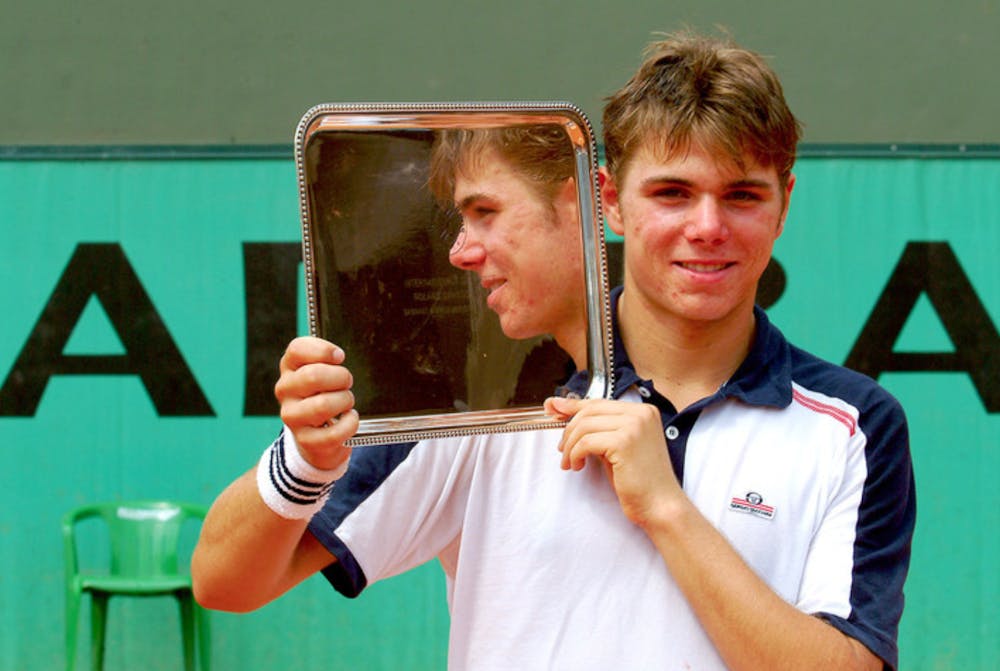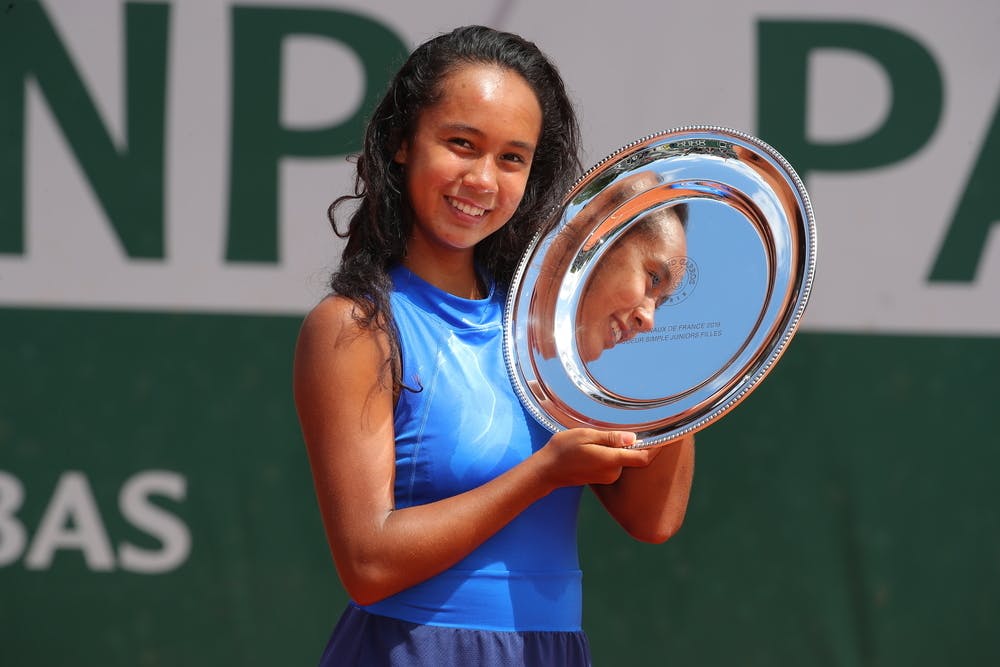Leylah Fernandez was one of 11 players in the 2022 Roland Garros women’s singles draw who have lifted the girls’ trophy in Paris, alongside Simona Halep, Paula Badosa, Belinda Bencic and others. At 19, Fernandez’s 2019 girls' title in Paris is still relatively recent and has clearly been one of the factors in helping her to play well here as a professional.
"You know, I think it helped the first few years when I came here to kind of get used to it and find my footing in the WTA Tour,” Fernandez said. "So I think it’s good playing the junior Grand Slams that you get to see the professionals, see how they play, how they warm up.”
Proximity to the top players is something that takes some getting some used to and, when speaking to junior players, the topic comes up time and time again. Many will tell excited stories of standing next to Rafael Nadal in the sandwich queue but others will tell you that seeing superstars up close helps take away some of the mystique and therefore makes them feel less intimidated around heroes and heroines who might one day be opponents.
 ROLAND-GARROS
18 May - 7 June 2026
ROLAND-GARROS
18 May - 7 June 2026


